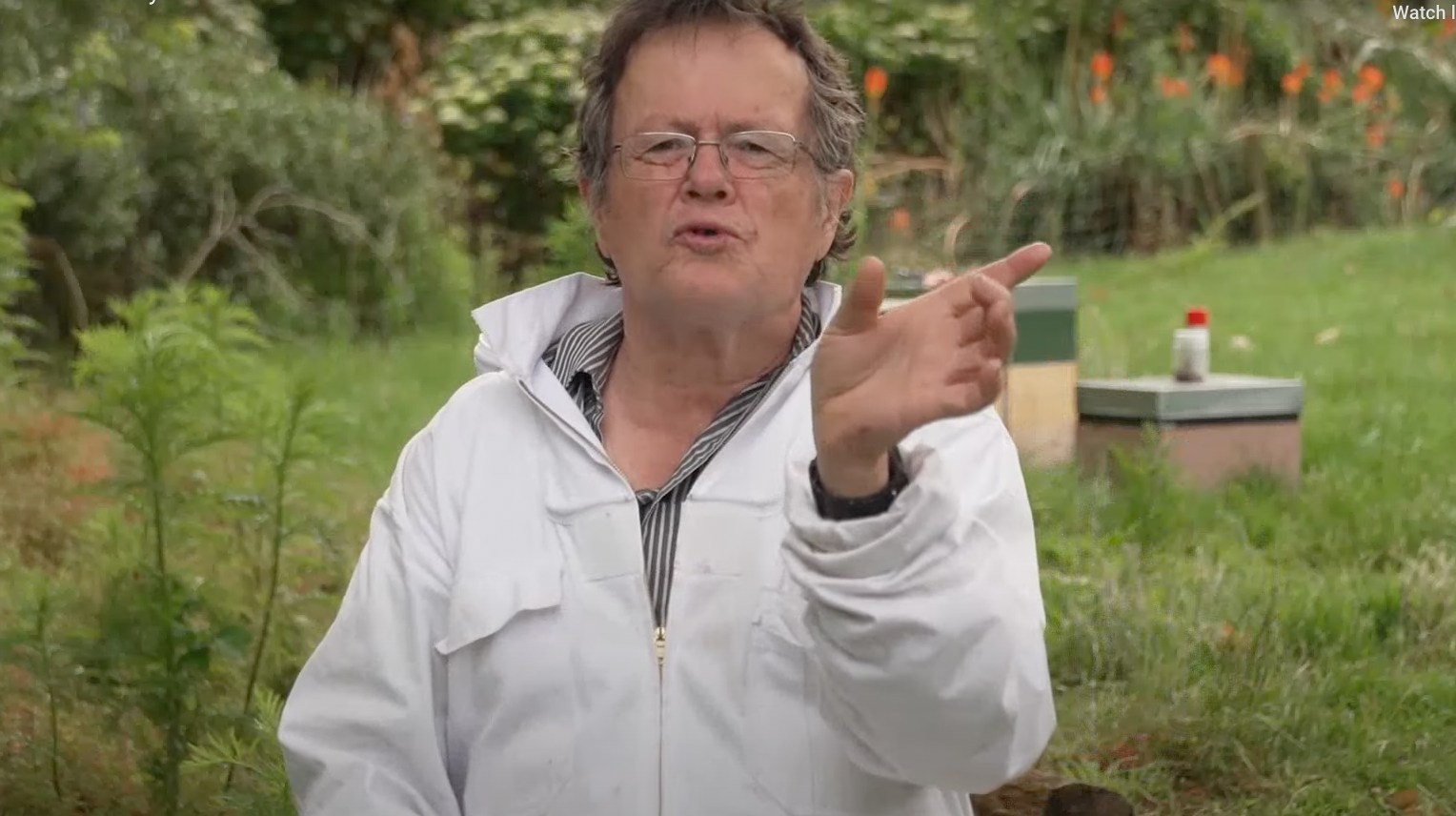Maximising Synthetic Varroa Mite Treatment Effectiveness in Australia
- Synthetic Varroa mite treatments are highly effective, but their success depends on various factors.
- Proper storage, coordinated efforts with neighbouring beekeepers, and strategic placement of treatments are crucial.
- Regular mite level monitoring is essential for timely intervention and assessing treatment efficacy.
- Rotating chemical families helps prevent resistance, and a third annual treatment can maintain low mite levels.
Introduction: Fortifying Hives with Synthetic Varroa Treatments
As Varroa mites make their presence felt in Australia, beekeepers need robust strategies to safeguard their hives. Synthetic Varroa mite treatments have proven efficacy in New Zealand, but adapting these methods to the unique conditions of Australian beekeeping requires careful consideration.
This article delves into the factors influencing treatment efficacy and provides practical tips for maximising Varroa control among Australian hives.
Watch Video Here: Essential Tips for Varroa Mite Treatment
Understanding Synthetic Varroa Treatments in Australia: Keys to Success
Synthetic treatments have demonstrated effectiveness exceeding 98% in managing Varroa mites, making them a go-to solution for New Zealand beekeepers. However, Australian beekeepers must be mindful of various variables influencing treatment outcomes.
Factors Affecting Treatment Efficacy in Australia:
Storing Varroa Mite Treatments:
- Proper storage is paramount. High temperatures, especially in closed vehicles or direct sunlight, can degrade the active ingredients. Adhering to manufacturers' storage instructions is crucial.
Varroa Mite Re-Infestation:
- Australia's diverse beekeeping landscape and hive clustering demand coordinated efforts. Collaboration with neighbouring beekeepers can reduce the risk of re-infestation when treating hives at different times.
Brood Nest Placement of Varroa Treatments:
- Strategic placement of treatment strips within the brood nest is vital. Ensuring contact with emerging bees carrying Varroa enhances treatment effectiveness.
Hive Condition & Varroa Mite Treatment Success:
- Well-maintained hives with active populations contribute to optimal treatment efficacy. Poorly managed or weakened hives may exhibit reduced treatment effectiveness, allowing Varroa to proliferate.
Monitoring Mite Levels:
- Recognising that synthetic treatments are not a cure-all, beekeepers should monitor varroa mite levels using Varroa mite monitoring methods such as sugar shakers, alcohol wash, and bottom boards. Elevated mite levels, combined with low hive activity and substantial brood, pose significant challenges.
Maximising Treatment Effectiveness for Australian Beekeepers:
- Hive Strength: Proactive hive management prevents mite levels from reaching detrimental thresholds, preserving hive health.
- Coordination with Local Beekeepers: Synchronizing treatment schedules with neighbouring beekeepers minimizes re-infestation risks.
- Adherence to Instructions: Strictly following manufacturers' application instructions is paramount for ensuring high knockdown rates.
- Safe Storage: Storing synthetic products in cool, shaded conditions preserves their efficacy and prevents degradation.
- Mite Level Monitoring: Regular monitoring enables timely intervention, ensuring effective control, especially in the face of re-infestation.
- Chemical Varroa Mite Treatment Rotation: To thwart resistance, rotating chemical families in Varroa mite treatments is crucial. Alternating treatments like Apitraz and Bayvarol help maintain effectiveness.
- Consider a Third Treatment: Some Australian beekeepers opt for a third treatment in a 12-month period to keep mite levels consistently low. Formic Pro organic Varroa mite treatment emerges as a viable option for this additional treatment.
Conclusion: Empowering Australian Beekeepers Against Varroa
As Varroa mites pose an escalating threat to Australian hives, adopting effective Varroa management strategies is imperative. By understanding the nuances of synthetic Varroa mite treatments and incorporating these practical tips, Australian beekeepers can fortify their hives against the Varroa Mite.
For further insights into Varroa control tailored to the Australian context, consult with the knowledgeable team at Ecrotek.
Summary of Key Strategies for Varroa Control
- Prioritise correct storage and application of treatments as per manufacturer guidelines.
- Implement a strong monitoring program using tools like sugar shake or alcohol wash.
- Coordinate treatment schedules with nearby beekeepers to minimise re-infestation.
- Rotate chemical families in your treatment regimen to combat resistance.
- Maintain strong, healthy hives as they are more resilient to Varroa challenges.
Equip Your Apiary with Effective Varroa Solutions!

Ecrotek Australia offers a comprehensive range of Varroa management products, including both synthetic and organic treatments, and essential monitoring tools. Explore our collection to find the best solutions for your hives.
Shop Varroa Treatment & MonitoringNeed expert advice on selecting the right Varroa treatment for your specific needs? Our team is ready to assist! Contact us today!


